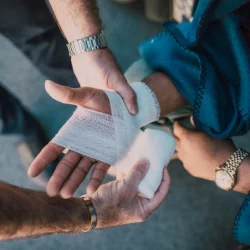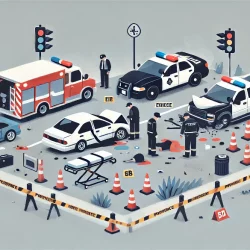Understanding Fatal Car Accident Investigation Procedure
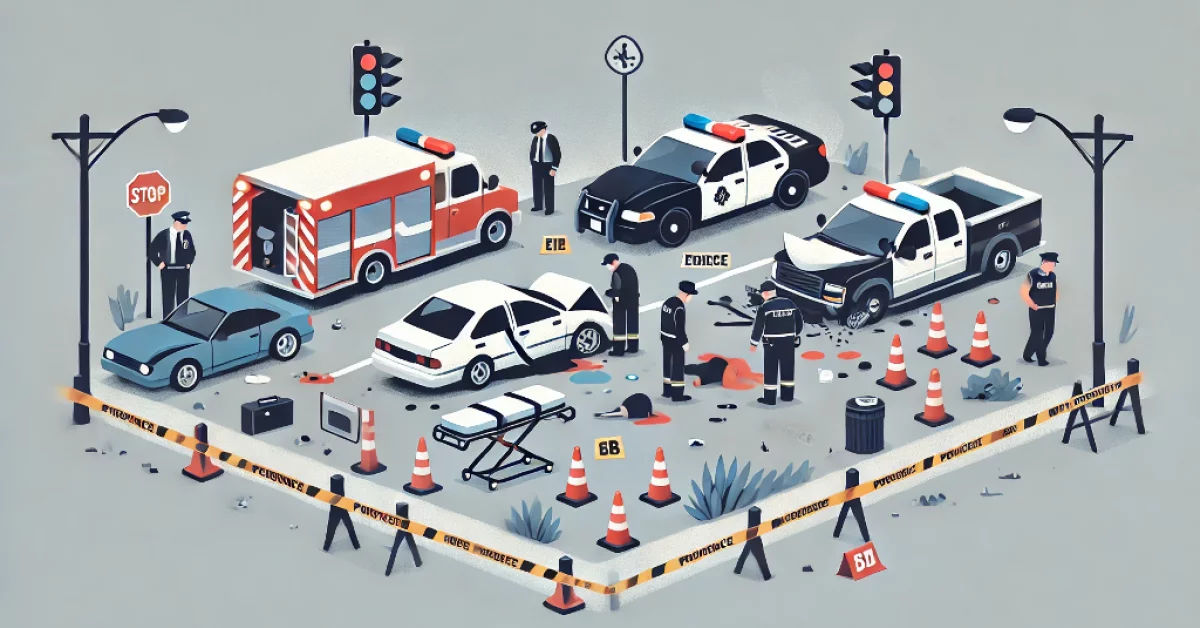
Have you ever wondered what happens after a fatal car accident? How do investigators piece together the events leading up to such a tragedy? In this in-depth guide, we'll walk you through the intricate process of fatal car accident investigations, shedding light on the methods and techniques used by professionals to uncover the truth.
The Crucial First Steps
When a fatal car accident occurs, time is of the essence. The initial response can make or break an investigation. So, what happens in those critical first moments?
Securing the Scene
Picture this: flashing lights, the sound of sirens, and a road transformed into a maze of vehicles and debris. The first priority for emergency responders is to secure the accident scene. They quickly set up barriers to redirect traffic, ensuring that potential evidence isn't contaminated and that survivors and first responders are safe. It's like creating a protective bubble around the accident site, allowing investigators to begin their work without fear of losing valuable clues.
Gathering Initial Information
As the dust settles, investigators start collecting preliminary data. They'll speak with witnesses, take photographs, and make initial observations. Think of it as creating a rough sketch of what happened – it's not the full picture yet, but it's a crucial starting point. These early moments can often provide invaluable insights that shape the entire investigation.
The In-Depth Investigation Begins
With the scene secured and initial information gathered, it's time for the detailed investigation to commence. This is where the real detective work begins, and it's far more complex than what we see in TV crime dramas.
Documenting the Scene
Remember those crime scene investigation shows on TV? Well, fatal car accident investigations aren't too different. Investigators meticulously document every aspect of the scene, taking hundreds of photographs from various angles and creating detailed diagrams of the accident site. They even use advanced technology like 3D scanners to capture the scene in incredible detail. This thorough documentation allows investigators to revisit the scene long after it's been cleared, ensuring no detail is overlooked.
Examining the Vehicles
The vehicles involved in the accident are like silent witnesses, each telling its own story. Investigators pore over every inch, looking for clues. They examine damage patterns to determine the point and angle of impact, study tire marks to understand braking and swerving actions, and assess airbag deployment and seatbelt use to evaluate occupant protection.
But that's not all – modern vehicles are equipped with Event Data Recorders (EDRs), often called "black boxes." These devices can provide crucial information about the vehicle's speed, brake application, and other factors in the moments leading up to the crash. It's like having a digital witness that can provide precise data about the accident.
Collecting Physical Evidence
From tiny paint chips to shattered glass, every piece of debris at the scene could be a valuable clue. Investigators carefully collect and catalog all physical evidence. This might include fragments from the vehicles, biological evidence such as blood or hair, or road debris that might have contributed to the accident. Each piece of evidence is treated with care, as it could be the key to understanding what really happened.
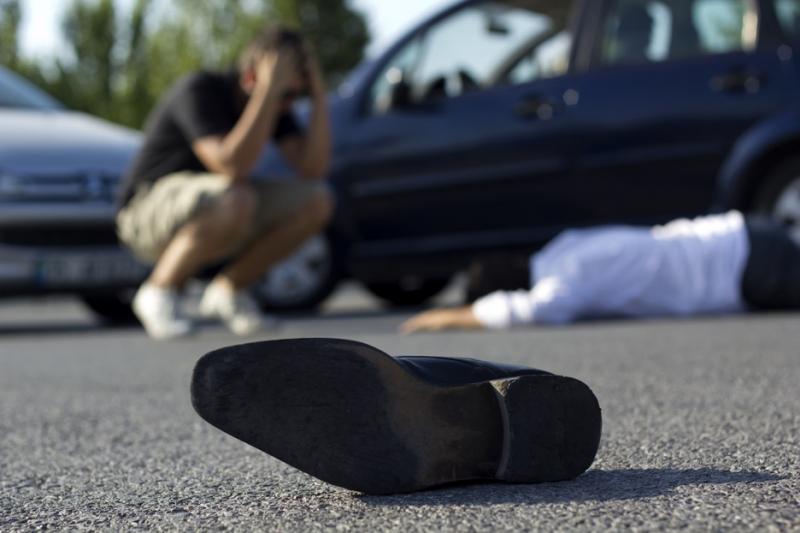
The Human Factor
While physical evidence is crucial, understanding the human factors involved is equally important. After all, behind every vehicle is a person making decisions, and these decisions can often be the key to unraveling what happened.
Interviewing Witnesses and Survivors
Eyewitness accounts can provide invaluable insights into the events leading up to the accident. Investigators interview passengers who survived the crash, other drivers or pedestrians who witnessed the accident, and first responders who arrived at the scene. These interviews help paint a picture of what happened from multiple perspectives, filling in gaps that physical evidence alone might not reveal.
Examining Driver Histories
The investigation doesn't stop at the accident scene. Investigators delve into the backgrounds of the drivers involved, checking driving records for past violations or accidents, looking into medical histories that might have affected driving ability, and examining cell phone records to determine if distracted driving played a role. This thorough background check helps investigators understand if there were any pre-existing factors that might have contributed to the accident.
The Role of Technology in Modern Investigations
In today's digital age, technology plays a crucial role in fatal car accident investigations. It's like having a team of digital detectives working alongside the human investigators.
Traffic Camera Footage
Many intersections and highways are equipped with traffic cameras. This footage can provide a real-time view of the accident as it unfolded. Investigators carefully review this footage, often frame by frame, to understand the sequence of events. It's like having a time machine that allows them to witness the accident firsthand.
GPS Data
GPS devices in vehicles or on mobile phones can provide valuable information about a vehicle's route, speed, and stops made before the accident. This data can help investigators reconstruct the timeline leading up to the crash, often revealing crucial details about the driver's behavior and decisions in the moments before the accident.
Accident Reconstruction Software
Gone are the days of hand-drawn diagrams. Today, investigators use sophisticated software to create detailed 3D reconstructions of the accident. These programs can simulate different scenarios, helping investigators test theories and understand complex collision dynamics. It's like building a virtual version of the accident that can be examined from every angle.
The Medical Examination
In fatal car accidents, the work of medical examiners is crucial to the investigation. Their findings can provide critical insights into the cause and manner of death, often revealing details that aren't apparent from the accident scene alone.
The Autopsy
An autopsy is a detailed medical examination of the deceased. It can reveal the exact cause of death, whether the victim died instantly or survived for a period after the crash, and if there were any pre-existing medical conditions that might have contributed to the accident. The autopsy results, combined with the physical evidence from the scene, help investigators piece together a comprehensive understanding of the accident.
Toxicology Reports
One of the key questions in many fatal car accidents is whether drugs or alcohol played a role. Toxicology tests can detect the presence of alcohol, illegal drugs, and prescription medications. These tests are performed on both survivors and the deceased, providing crucial information about the state of the drivers at the time of the accident. It's like looking into the driver's bloodstream to understand what might have influenced their behavior.
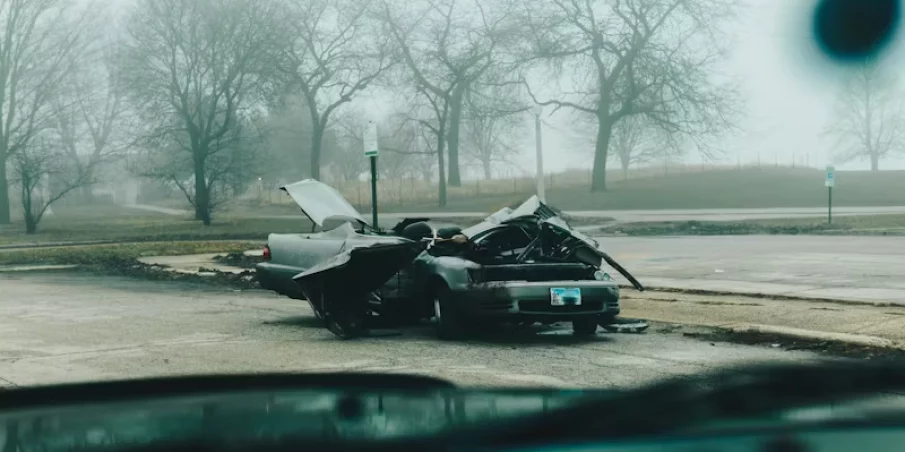
Putting It All Together: The Analysis Phase
With all the evidence collected, it's time for investigators to put the pieces of the puzzle together. This is where their expertise and experience really come into play, as they sift through mountains of data, looking for patterns and connections.
Investigators might use statistical analysis to understand the likelihood of different scenarios, run computer simulations to test various theories, or consult experts to interpret complex technical data. The goal is to create a clear, factual narrative of what happened, supported by all available evidence.
One of the most challenging aspects of a fatal car accident investigation is determining the cause. Was it driver error? Vehicle malfunction? Road conditions? Often, it's a combination of factors. Investigators must carefully weigh all the evidence to reach their conclusions, much like a jury piecing together the facts of a case.
The Final Report
After weeks or even months of investigation, the team compiles their findings into a comprehensive report. This document is more than just a summary – it's a detailed account that serves multiple purposes. It provides a thorough explanation of the accident for legal proceedings, offers insights that can be used to improve road safety, and gives closure to the families of those involved in the accident.
The report typically includes a detailed narrative of the events, analysis of all evidence collected, conclusions about the cause of the accident, and recommendations for preventing similar accidents in the future. It's like the final chapter in a detective novel, where all the clues come together to reveal the truth.
Beyond the Investigation: Improving Road Safety
While the primary goal of a fatal car accident investigation is to understand what happened in a specific incident, these investigations serve a broader purpose. They contribute to our overall understanding of road safety and help shape policies and technologies to prevent future tragedies.
By analyzing data from multiple fatal accidents, investigators can identify common factors or trends. This might lead to changes in road design to address frequent accident locations, improvements in vehicle safety features, or updates to traffic laws and regulations. The insights gained from these investigations often inform public safety campaigns, helping to educate drivers about potential risks and how to avoid them.
Frequently Asked Questions About Fatal Car Accident Procedure
As we've explored the complex world of fatal car accident investigations, you might find yourself with some lingering questions. Let's address some of the most common queries people have about this process.
How long does a typical fatal car accident investigation take?
The duration of an investigation can vary greatly depending on the complexity of the accident. Some investigations might be completed in a few weeks, while others could take several months. Factors like the number of vehicles involved, the availability of witnesses, and the need for specialized analysis can all affect the timeline. Remember, thoroughness is more important than speed when it comes to these investigations.
Who conducts these investigations?
Fatal car accident investigations are typically conducted by a team of professionals. This often includes law enforcement officers specially trained in accident reconstruction, forensic experts, and sometimes representatives from the National Transportation Safety Board (NTSB) for particularly severe or high-profile cases. The team might also consult with engineers, medical professionals, and other specialists as needed.
Can family members get involved in the investigation?
While family members aren't directly involved in the investigation process, they do have rights. They can usually request updates on the progress of the investigation and will be informed of the final conclusions. In some cases, families might hire their own accident reconstruction experts if they have concerns about the official investigation.
What happens if the investigation reveals criminal behavior?
If the investigation uncovers evidence of criminal behavior – such as drunk driving or extreme negligence – the findings will be turned over to the appropriate authorities. This could lead to criminal charges being filed against the responsible party. However, it's important to note that not all fatal accidents result in criminal charges, even if someone is found to be at fault.
How do investigators determine fault in a multi-vehicle accident?
Determining fault in a multi-vehicle accident can be particularly challenging. Investigators will examine the physical evidence at the scene, analyze the damage to each vehicle, review any available video footage, and interview all involved parties and witnesses. They'll use this information to reconstruct the sequence of events and determine how each driver's actions contributed to the accident.
Are the findings of these investigations made public?
In most cases, yes. Once an investigation is complete, the findings are typically made available to the public, although some details might be redacted to protect personal information. However, if the accident leads to criminal charges or a lawsuit, some information might be kept confidential until legal proceedings are concluded.
How accurate are accident reconstructions?
Modern accident reconstruction techniques, especially those using advanced software and 3D modeling, can be incredibly accurate. However, they're only as good as the data input into them. That's why investigators are so meticulous about collecting and analyzing evidence from the scene. While no reconstruction is perfect, they provide a very reliable representation of what likely occurred during the accident.
Can these investigations help improve overall road safety?
Absolutely! The insights gained from fatal accident investigations often lead to improvements in road design, vehicle safety features, and traffic laws. For example, investigations that repeatedly show a certain type of intersection to be dangerous might prompt changes in traffic signal timing or road layout. Similarly, if investigations reveal a particular vehicle design flaw contributing to fatalities, it could lead to recalls and improved safety standards.
Remember, while these investigations are crucial for understanding what happened in a particular accident, their broader purpose is to help prevent similar tragedies in the future. By learning from each incident, we can all work towards making our roads safer for everyone.
Conclusion: The Importance of Thorough Investigations
According to injury law experts who write for us on injury law, fatal car accident investigations are complex, meticulous processes that require a diverse set of skills and technologies. From the first responders securing the scene to the final report detailing the cause, every step is crucial in uncovering the truth.
These investigations serve multiple important purposes. They provide answers and closure for the families of those involved, contribute to our understanding of road safety, and help shape policies and technologies to prevent future accidents.
While we hope you never have to experience or witness a fatal car accident, understanding the investigation process can help us all appreciate the work that goes into making our roads safer. Remember, every time you get behind the wheel, you're not just driving – you're participating in a complex system where your actions can have far-reaching consequences. Stay safe out there, and let's all do our part to prevent these tragedies from occurring in the first place.
More to Read:
Previous Posts:
